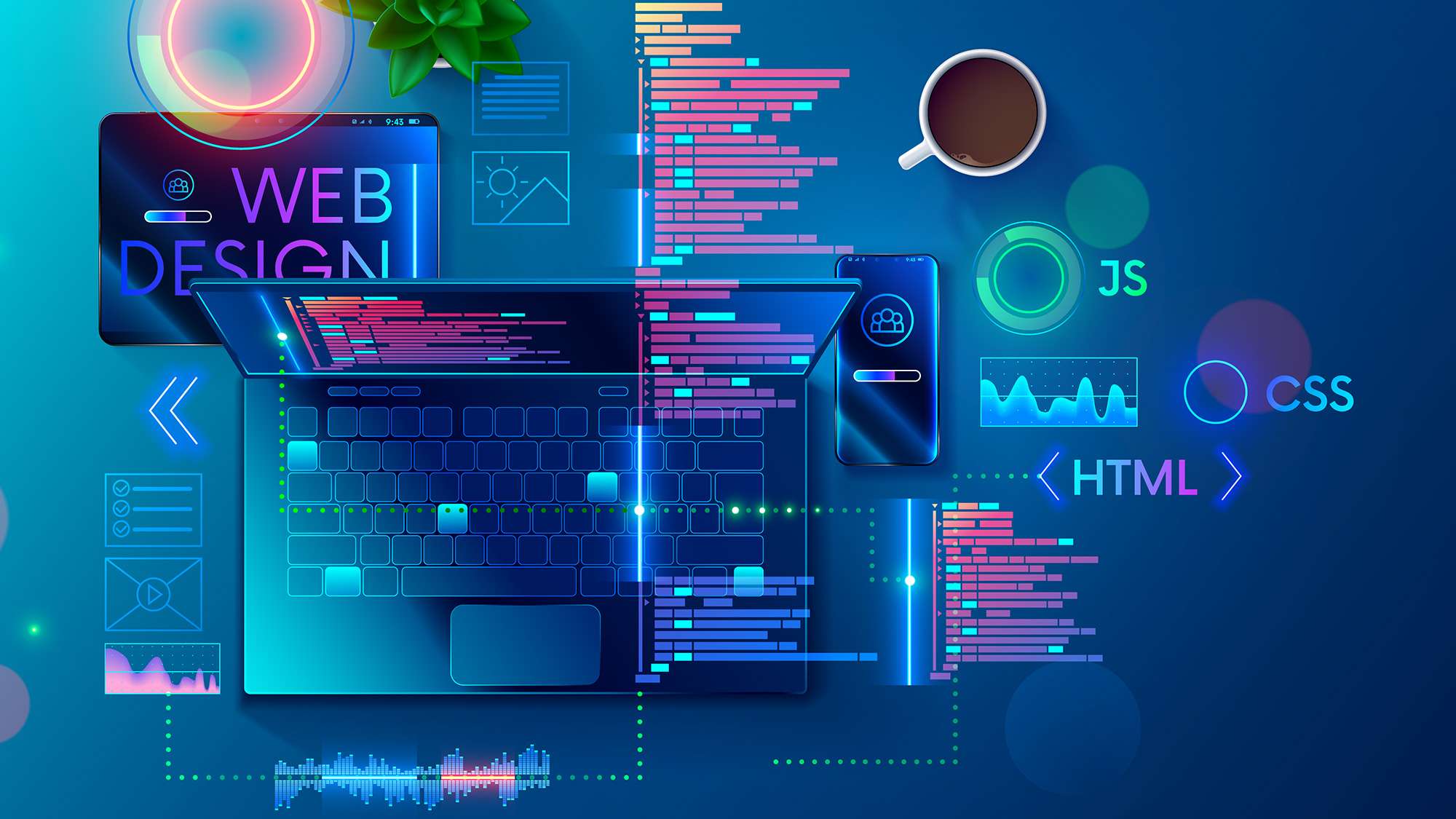A Comprehensive Overview to Ideal Practices in Website Design for Boosted User Experience
In the world of web layout, understanding customer requirements is paramount for creating efficient electronic experiences. A well-structured technique that emphasizes responsive layout, intuitive navigating, and a strong visual power structure can considerably boost user engagement.
Comprehending User Requirements
Recognizing user demands is fundamental to efficient internet design, as it directly affects user experience and involvement. An extensive understanding of target market allows developers to develop sites that reverberate with customers, fostering a sense of link and complete satisfaction (Web design agency). To attain this, designers have to participate in individual study, utilizing techniques such as studies, meetings, and use testing. This data collection gives insights right into individual choices, actions, and pain points.

Significance of Responsive Design
Responsive design is essential in today's digital landscape, where individuals gain access to web sites across a myriad of devices with varying display dimensions. As mobile phone usage continues to rise, guaranteeing that a site offers an ideal viewing experience on smartphones, tablet computers, and desktop computers is crucial. A receptive style adapts the format and material based on the customer's gadget, permitting seamless navigation and readability.
A responsive web site can boost exposure, leading to raised web traffic and customer engagement. Furthermore, a regular user experience throughout tools builds brand reputation and promotes customer loyalty.
Moreover, implementing receptive style can result in reduced growth and maintenance costs. As opposed to producing several variations of a site for various devices, a single receptive website enhances updates and material administration. This performance not only conserves time but likewise makes certain that customers receive the most present info despite exactly how they access the website.
Simplifying Navigating

To achieve streamlined navigating, internet developers must prioritize a logical hierarchy of content. Utilizing descriptive labels for menu things can aid customers recognize the purpose of each section at a glance. In addition, decreasing the variety of food selection products decreases cognitive load, allowing users to concentrate on one of the most crucial elements of the site.
Integrating a search feature is likewise beneficial, as it supplies users with a direct course to particular content. Inevitably, simplified navigation not just improves individual satisfaction however additionally contributes to attaining broader organization goals by enhancing conversion prices and reducing bounce rates.
Enhancing Aesthetic Power Structure
Just how can developers develop an aesthetic power structure that guides individuals with material flawlessly? The solution exists in the calculated usage of style aspects that direct focus and facilitate understanding.
In addition, using whitespace is crucial in developing breathing space around web content. This not just stops overwhelming the user but also stresses vital aspects, making them attract attention. Typography likewise plays a considerable function; employing varying font weights and designs can set apart between primary and second info effectively.
In addition to these techniques, visual signs such as arrowheads or icons can guide customers via the user interface, strengthening the intended circulation of info. By thoughtfully incorporating these aspects, designers can develop an engaging visual hierarchy that improves customer experience, additional reading making certain that essential web content is quickly obtainable and comprehended. This careful orchestration of layout aspects ultimately promotes a more user-friendly interaction with the internet site.
Enhancing Web Page Tons Rate
In the hectic digital landscape, enhancing web page tons rate has come to be an important element in customer contentment and retention. Research study shows like this that individuals expect website to fill within two secs; any hold-up yet threshold can bring about increased bounce prices and decreased conversion possibilities.
To enhance tons rate, start by reducing HTTP demands, as each demand adds to the packing time. Utilize methods such as CSS sprites to incorporate multiple pictures right into one, reducing the number of demands. Furthermore, enhancing photos through compression and making use of modern-day formats like WebP can significantly reduce data sizes without jeopardizing top quality.
Applying internet browser caching also plays an essential function in boosting web page rate. By storing frequently accessed documents in your area on a user's gadget, subsequent sees can load almost instantaneously. Additionally, take into consideration leveraging Content Distribution Networks (CDNs) to distribute material closer to individuals, reducing latency.
Conclusion
In verdict, efficient web layout prioritizes customer requirements via precise study, promoting intuitive and responsive user interfaces. By simplifying navigating, enhancing aesthetic pecking order, and maximizing page load rate, designers produce interesting and easy to use internet sites. Complying with these ideal methods not just enhances customer satisfaction yet likewise cultivates commitment and increases why not check here total interaction. Ultimately, a commitment to these concepts is important for creating effective digital experiences that satisfy the evolving assumptions of users in an affordable online landscape.